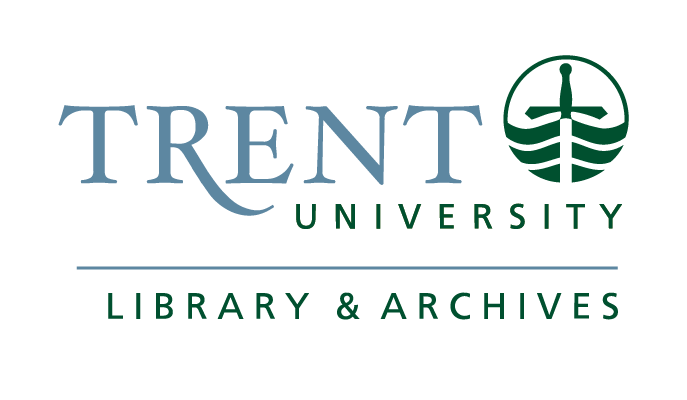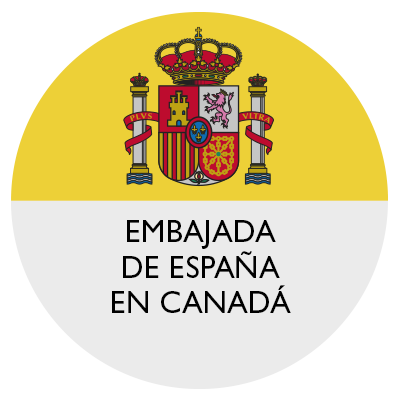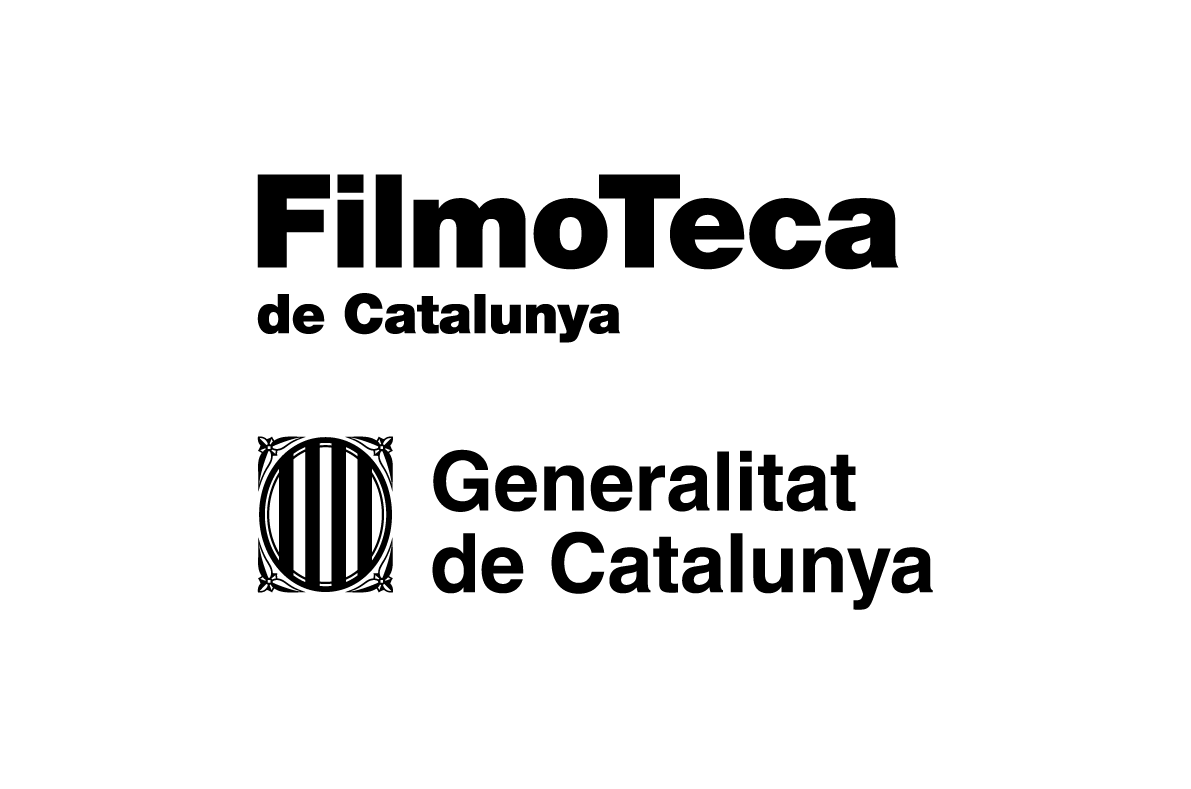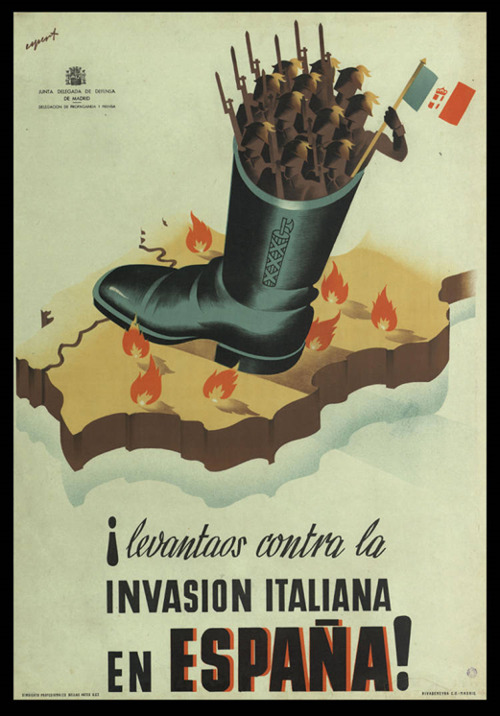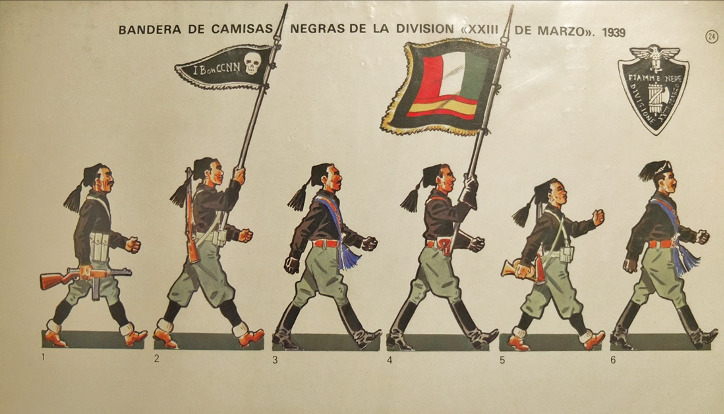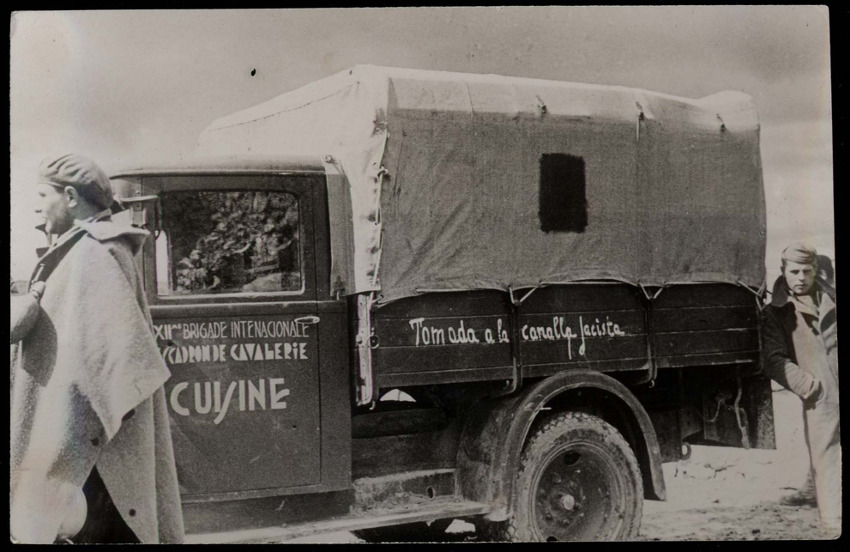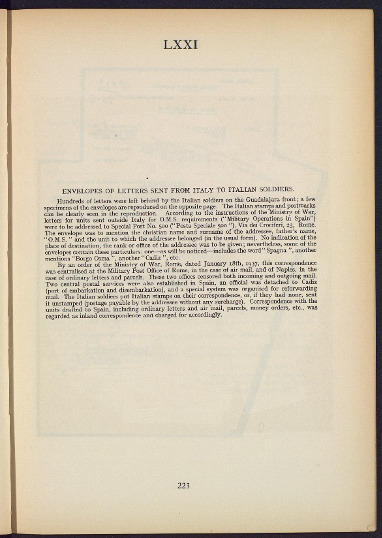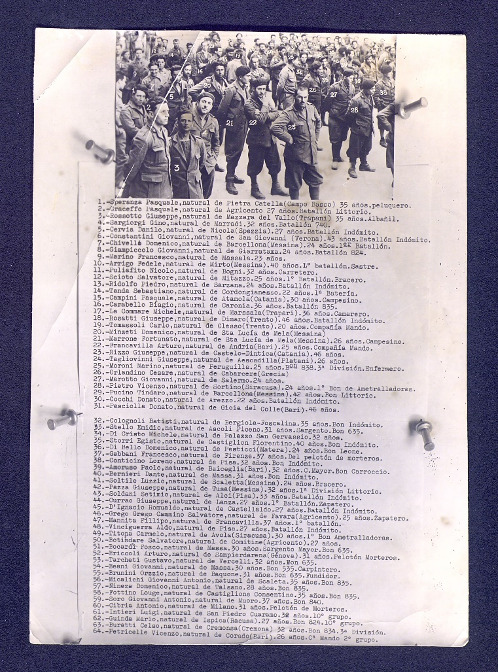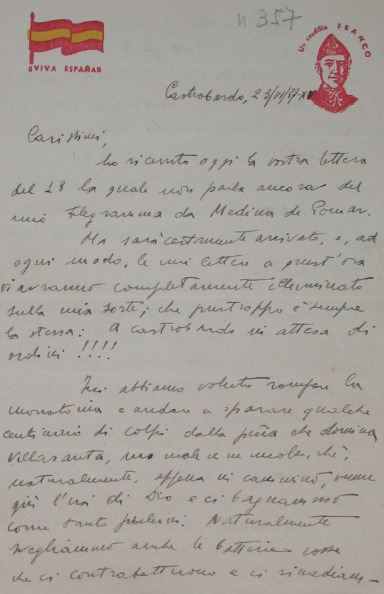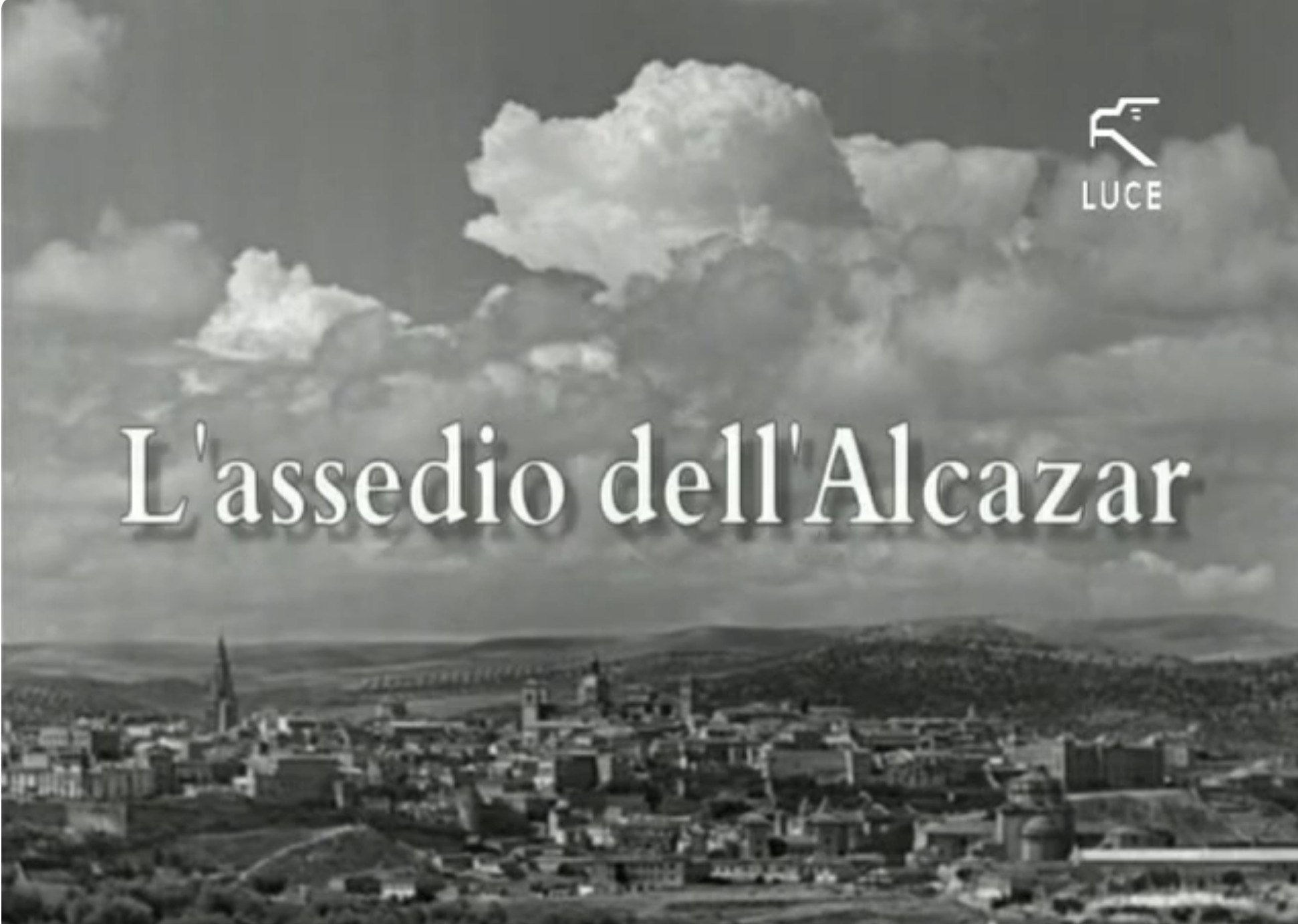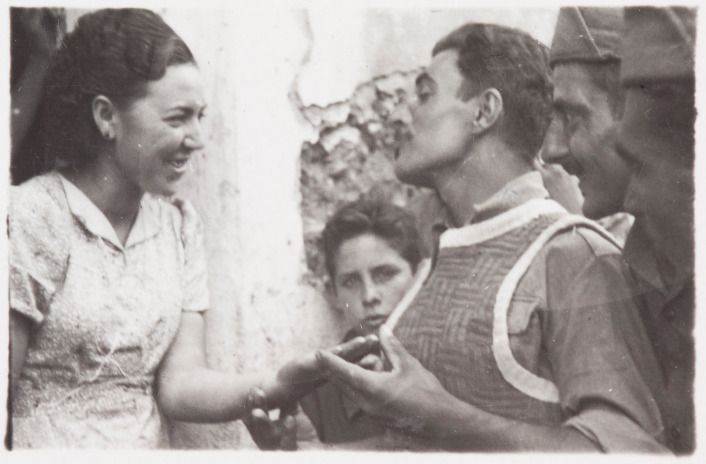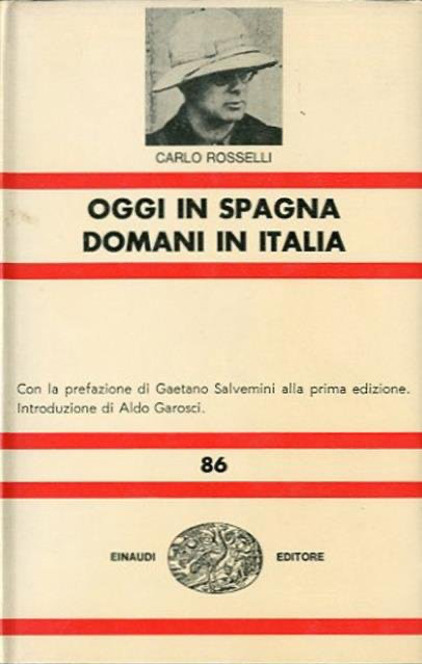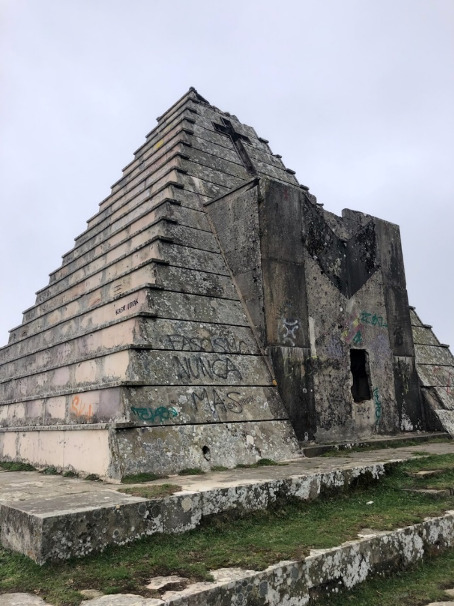Since at least 1934, the monarchists who were conspiring against the Republic turned to Mussolini’s Italy for help. This would arrive only days after the coup in the form of planes that would play a key role in carrying rebel troops from Morocco to mainland Spain. This was a violation of the Non-Intervention agreement that Italy and the other European powers had signed in August 1936, but the secret agreement with Nazi Germany and tacit consent of Great Britain allowed the Fascist regime to increase its assistance so that it became the largest provided by a country. The asymetric respect for Non-Intervention that closed the border with France to supplies destined for the Republic, gave Franco the superiority he needed to win the war.
Following the arrival of troops and materiel in December 1936 and January 1937, the so-called Corps of Volunteer Troops (Corpo Truppe Volontarie, CTV), an autonomous army of 44,300 officers and men, was created. With a powerful artillery and an air wing, the Aviazione Legionaria, that applied the “integral warfare” doctrine developed by General Giulio Douhet to undertake massive bombardments of the civilian population in the Republican rearguard, it would playa n important role in the victory of the rebel forces. A total of 76,241 men served in the CTV; another 5,669 served in the air force. Of these, 3,414 died in Spain; 150 died after returning to Italy; and 232 disappeared. In addition, some 11,000 were wounded.
Italian Fascism and anti-Fascism confronted each other for the first time on Spanish soil. Between 4,000 and 5,500 Italian anti-fascists fought for the Republic. In addition to those who arrived directly from Italy, many came from France, where they were in exile (fuoriusciti), or from other countries. They first served in the Italian section of the Ascaso Column that was created in Barcelona in the summer of 1936, then in the Garibaldi Battalion of the XII International Brigade, and after May 1937 in the Garibaldi Brigade. 546 of these men and women died in Spain.
These Italian volunteers came from diverse political backgrounds. There were giellisti (members of Giustizia e Libertà – Justice and Liberty, the organization founded by Carlo Roselli in 1929), as well as anarchists, Socialists, and Communists, who were the largest group. Many would play important roles in Italian ;politics after World War II.
FJMS



